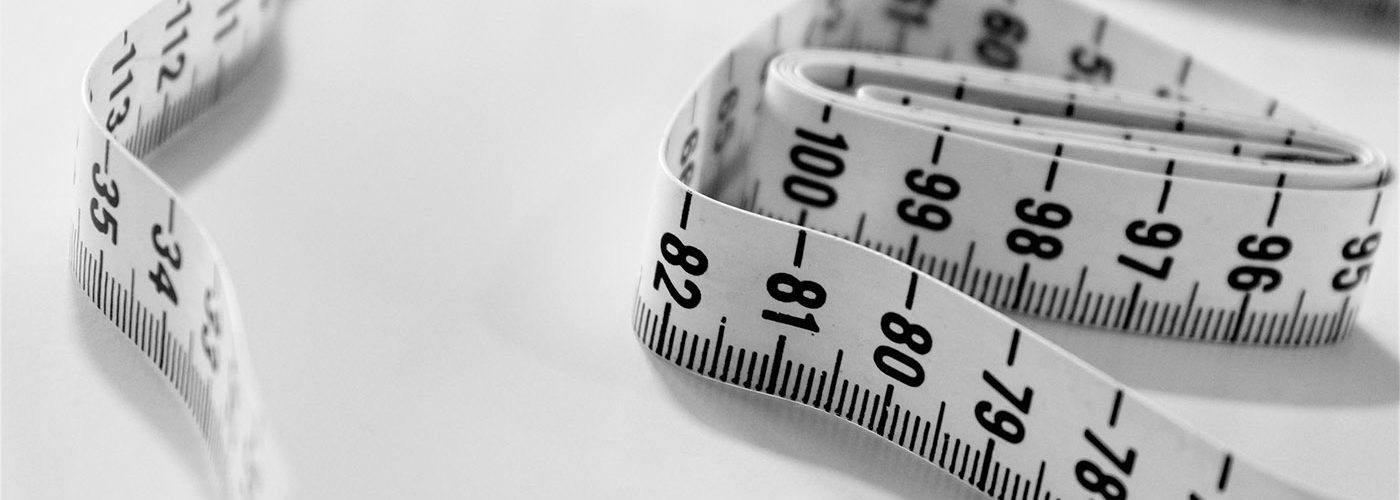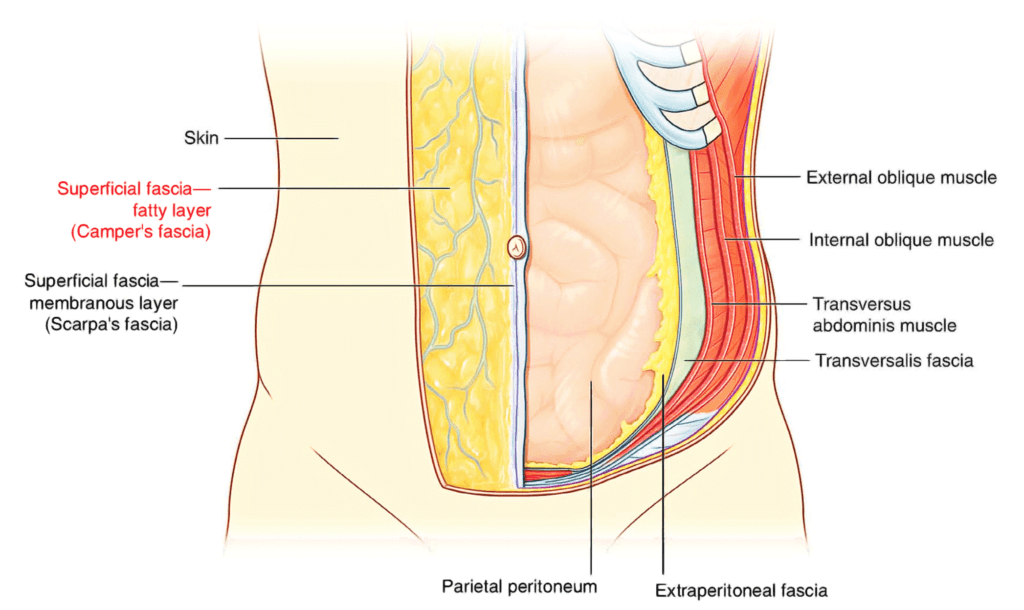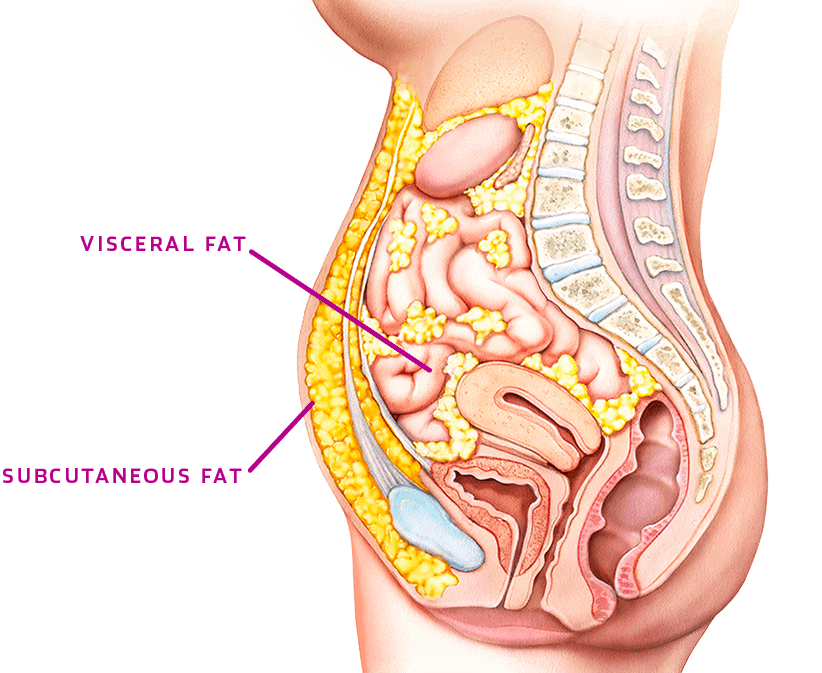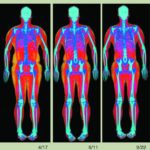This clip is from “Ask Me Anything” (AMA) episode #17, originally released on November 9, 2020.
If you’re a member, you can now listen to this full episode on your private RSS feed or on our website. If you are not a member, learn more about the how to become a member and the benefits here.
Show Notes
The different types of body fat [9:00]
“Not all fat is created equal.”
Subcutaneous fat = fat between the skin and the fascia
- The inability to see the six-pack of abs is really an issue of either too small rectus abdominis muscle group and/or too much subcutaneous fat surrounding the rectus abdominis muscles
Visceral fat = fat beneath the fascia near the vital organs
- Fascia is the corset that is holding you together—it’s beneath your muscles and inside the fascia is where your organs exist
Figure 3. Image showing abdominal wall fascia. Image credit: earthslab.com
- Visceral fat is found around the liver, the kidneys, the spleen, and the gut.
- Visceral fat is incredibly associated with metabolic disease
- In an ideal world, rather than tracking our BF%, we would instead track what % of our fat was visceral fat
- Although there are no standard reference ranges for visceral fat, in healthy individuals, values are generally less than 1 kg for younger individuals and between 1-2 kg for older individuals. (source, source, source) However, these cohort study approximations.
Figure 4. Subcutaneous fat vs. visceral fat. Image credit: makeyourbodywork.com
Using MRI
- MRI is able to see visceral fat
- It’s also non-invasive, no radiation
- But again, not practical from a cost and availability standpoint as of today
Selected Links / Related Material
Visceral fat is incredibly associated with metabolic disease: Contribution of adipose tissue to health span and longevity (Huffman and Barzilai, 2010) [10:00]






